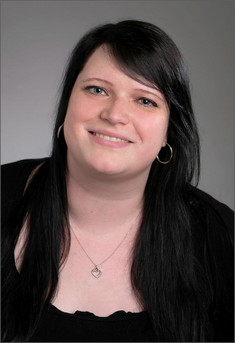Guest lecture „Homogeneity in flood statistics – how nature violates our statistical assumptions”
"Homogeneity in flood statistics – how nature violates our statistical assumptions"
Dr. Svenja Fischer, Wageningen University, The Netherlands;
Guest Professor at the Institute of Statistics, BOKU
Most models in flood statistics, as well as other statistical models in hydrology, are based on the assumption of homogeneity of the sample. This means that the events in the sample should come from the same population or have the same origin. Violations of this assumption can lead to errors in the estimation and thus, for example, to overestimates or underestimates of critical flood probabilities, which are used, among other things, for the dimensioning of flood protection measures. However, floods can have very different geneses: from heavy and intensive precipitation to continuous rainfall and snowmelt. In addition, the condition of the catchment area before the flood occurs also plays an important role. All this makes the assumption of homogeneity of the sample appear very questionable. In order to take better account of the heterogeneity of floods in the statistics, they can be classified according to their genesis. This classification then allows a separate statistical analysis of the individual flood types and their joint consideration in a mixture model. Such a model also makes it possible to assess which flood type is particularly relevant for extreme events. This can be directly incorporated into the planning of flood protection measures. The applicability of the model was demonstrated in a study of more than 800 catchments in Europe. The results also clearly show spatial patterns in the occurrence of dominant flood types. These can then be used in other applications such as regionalisation, hydrograph simulation or the modelling of confluences.
When: Monday, 18.11.2024, 16:00
followed by a get together
Where: Exnerhaus, Hörsaal EXNH-HS 02
Please register via Termino, https://www.termino.gv.at/meet/b/6022c7181e3e0a8736eb3f5c42708442-375383

